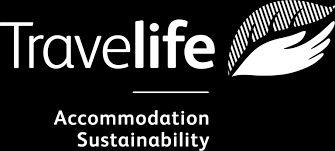If you are planning a gorilla trekking safari in Uganda, there are likely many questions you may have around the dos and don’ts when encountering them in their natural habitat. Mountain Gorillas are some of the most protected animals in Africa so it is always good to understand the gorilla trekking rules before booking your trip. Compliance with these regulations is crucial to ensure the well-being of the primates and the safety of trekking groups.
Dos and Don’ts before Departing on your Gorilla Trek
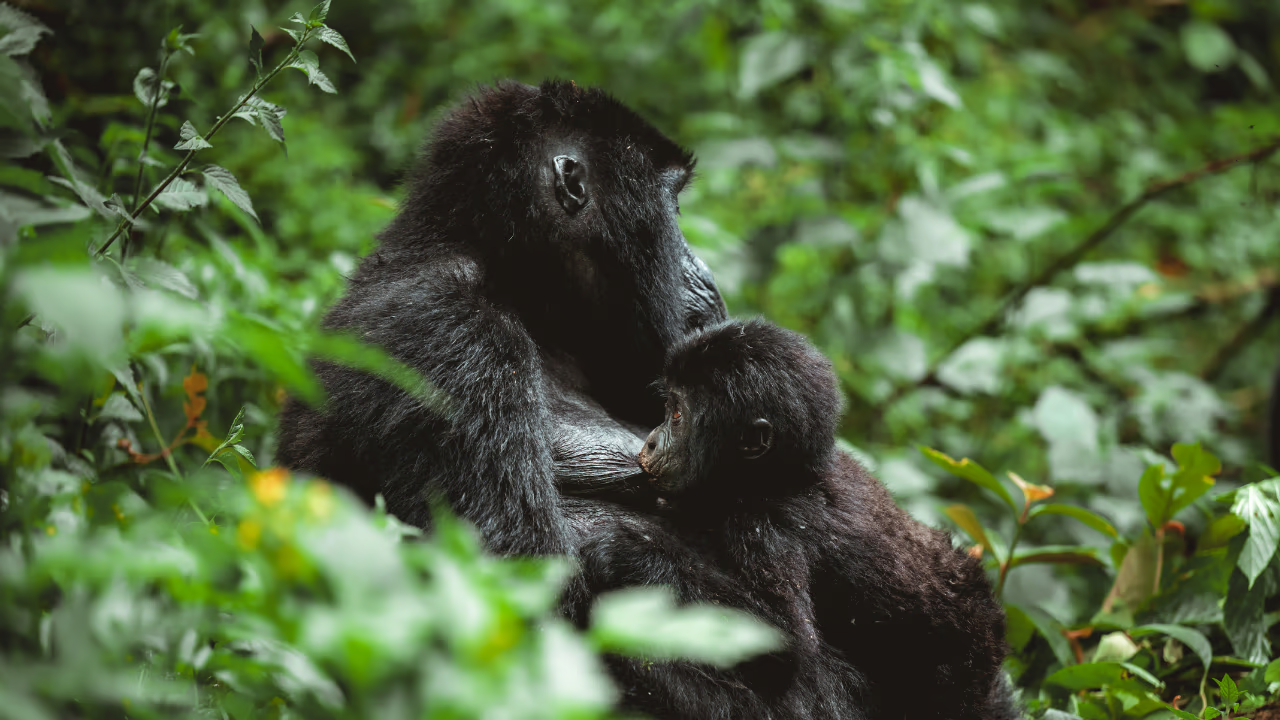
1. Obtain Necessary Permits
Gorilla trekking in Uganda is strictly regulated, and a permit is required to visit the mountain gorillas. When you book your Uganda safari with us, the cost of these permits is included in your package. Permit fees vary depending on nationality, but international visitors should expect to pay US$800 per trek. Securing your permit in advance ensures a seamless, worry-free experience and guarantees your opportunity to see these extraordinary animals in the wild.
2. Minimum visitor age for gorilla trekking
The minimum age for gorilla trekking in Uganda is 15 years. This restriction is in place due to several important reasons.
Children may find it hard to stay calm if a gorilla mock charges during a trekking adventure. While wild mountain gorillas hardly charge, it can happen if they perceive anyone in the trekking group as a threat. However, a knowledgeable and calm local tracker can often deter a charging gorilla. Unfortunately, a child may become terrified, scream, or be inclined to run when faced with the intimidating bark of a 220-kilogram (485-pound) male silverback gorilla. In such situations, a charging gorilla will typically give chase to a running visitor.
Children also pose health risks during gorilla trekking expedition, as their developing immune systems make them more susceptible to contagious diseases like flu. Since these diseases can be transmitted to gorillas, the consequences can be severe and potentially fatal.
Additionally, the limited stamina of children could make it too difficult for them to complete the entire gorilla trek. This is especially true in Bwindi Impenetrable Forest National Park, where gorilla trekking safaris involves navigating steep mountain slopes and challenging terrain.
The activity requires a certain level of fitness and determination, which mature travellers are more likely to possess. Adults are largely better prepared to handle challenges like muddy trails, insects, thick forests and steep inclines. If you are travelling with youngsters, we recommend booking your stay at a lodge that offers childminding services, special programs for kids, or even safe and child-friendly forest walks.
3. Don’t Track if You are Feeling sick
If you show any signs of illness on the day of your gorilla trekking adventure, inform your guide or the national park staff immediately. You may be advised not to trek that day, as exposing gorillas to human diseases can have catastrophic consequences for these highly endangered animals. While in the presence of gorillas, if you need to cough or sneeze, look away and cover your mouth and nose with a cloth. Additionally, visitors are required to wear a face mask at all times when near the gorillas to help protect their health. These precautions are vital for ensuring the safety and well-being of both you and the gorillas.
4. Have Clean Hands
Clean your hands to minimize the risk of transmitting bacteria or viruses to the gorillas. Mountain gorillas are highly susceptible to human-borne diseases, so maintaining good hand hygiene is essential for their health and safety.
5. Group size and frequency
Uganda is home to 26 gorilla families that are open to tourism. Each family is visited once per day, and visits are strictly regulated to minimize disturbance. Trekking groups are limited to a maximum of 8 tourists, and each encounter with the gorillas lasts no more than one hour. These measures ensure a safe, respectful, and sustainable experience for both visitors and the gorillas.
6. Toilet Facilities
Please use the restroom before beginning your trek. If you need to relieve yourself while in the forest, follow proper wilderness hygiene practices. Ask your guide to assist you in selecting an appropriate spot, and use a machete or similar tool to dig a deep hole. Afterward, bury all waste thoroughly and cover the area completely to minimize environmental impact. You’ll need to bring your own toilet paper, and remember to pack out any used materials that cannot be buried safely.
Dos and Don’ts during your Gorilla Trek

1. Don’t use Flash Photography when taking photos
Flash photograph is not allowed when photographing mountain gorillas as it is dangerous. When taking photos of gorillas your knowledgeable local ranger guide will advise you depending on the circumstances. But general advice is to move slowly and carefully. Please note that that drones are also not allowed during your gorilla trekking tour. Generally speaking, listening to your guide’s instructions will go a long way in making sure that you have the best time when you are on your gorilla trek. Take only photographs and memories. Leave nothing behind except your footprints.
2. Maintain a Safe Distance
For the wellbeing of both visitors and the Mountain gorillas, you must keep a minimum distance of 7 metres (21 feet) at all times. This precaution helps prevent the transmission of human-borne diseases to the gorillas and ensures their natural behaviour is not disturbed. To further protect them, refrain from eating, drinking, or smoking in the presence of the gorillas.
3. Stay together
Throughout the mountain gorilla trekking, it is good to remain close to your group and avoid spreading out. Moving in a tight, cohesive formation allows your guides to maintain control of the situation, ensuring everyone’s safety. It also helps the gorillas feel more at ease, as scattered individuals or sudden movements can be perceived as a potential threat. Staying together demonstrates respect for the gorillas’ space and contributes to a calm, non-intrusive encounter.
4. Your Behaviour Around Gorillas
When in the presence of gorillas, remain calm and composed at all times. Sit or crouch quietly with your arms relaxed by your sides, and avoid sudden movements. Speak softly—or better yet, stay silent—even when taking photos or videos. Loud noises, standing upright, or raising your arms can be interpreted as signs of aggression. If a silverback displays dominance by chest-beating, roaring, or mock-charging, do not panic. Stay seated, avoid direct eye contact, and allow the gorilla to reassert control of its space. These displays may appear intimidating, but they are a normal part of gorilla behaviour. In almost all cases, the gorillas quickly settle and continue their activities without causing harm.
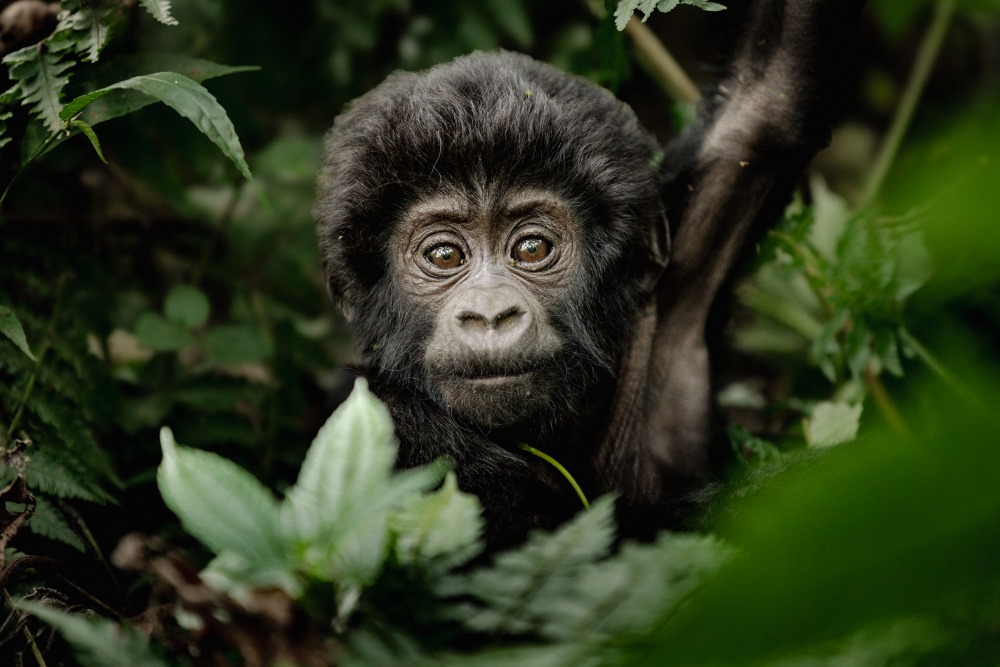
Can I Touch Them?
No—absolutely not. While it’s natural to feel the urge to reach out, especially toward a playful youngster, mountain gorillas are wild animals. They are incredibly strong, unpredictable, and must never be touched. Physical contact poses serious risks both to you and to the gorillas. Gorilla populations already face immense threats from habitat loss, poaching, and human encroachment, and they are also highly vulnerable to human-borne diseases. Once you locate the gorillas, your group will be allowed a maximum of one hour with them. This limited time minimizes stress on the animals and preserves the integrity of their natural behaviour. The experience passes quickly—so after capturing a few photos, take a moment to simply watch and appreciate the extraordinary privilege of observing these magnificent creatures in their natural habitat.
5. Eating, drinking and smoking
Eating, drinking, or smoking are strictly prohibited in the presence of gorillas. The smell or sight of food and beverages can attract their attention and may lead to unsafe or disruptive encounters. In addition, human food poses serious health risks to gorillas, as their digestive systems are not adapted to our diet. To protect both you and the animals, wait until you are well away from the gorillas before consuming anything.
6. Litter
Please ensure that no rubbish is left behind in the forest. Keep all waste securely in your backpack throughout the trek and dispose of it properly once you return to your lodge or designated disposal area. Even small items such as wrappers or tissues can harm wildlife and disrupt the natural environment—so take everything you bring back with you.
Other Important Things to Note
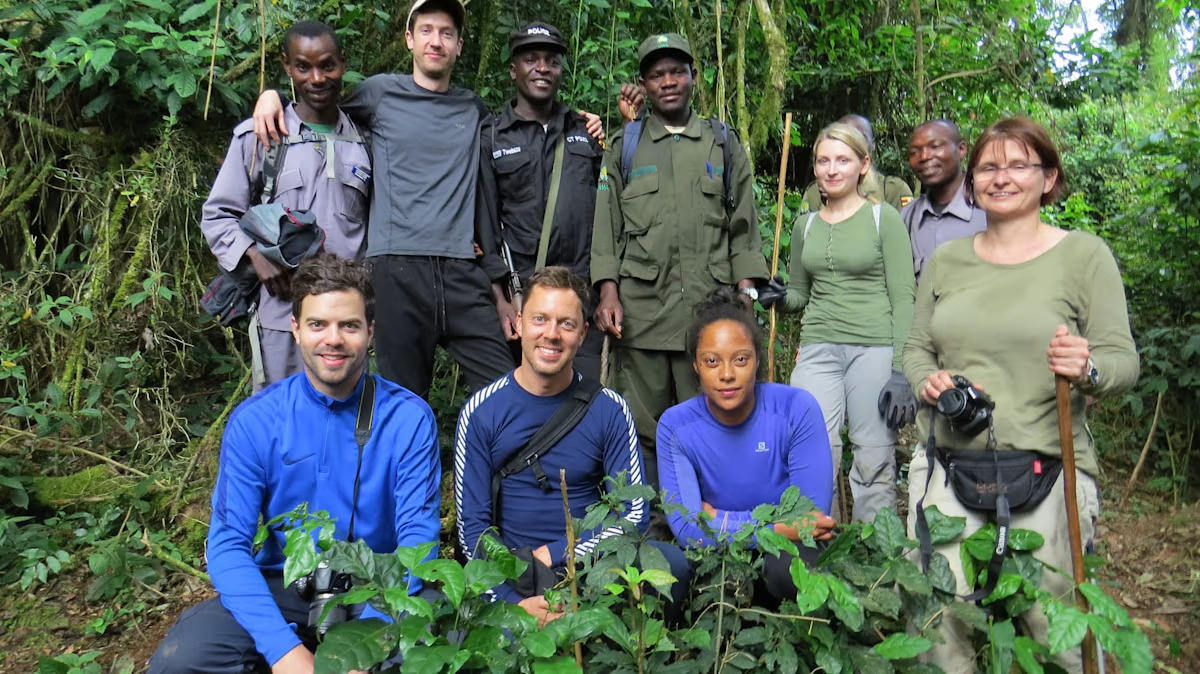
- Physical Readiness: Gorilla trekking can be physically demanding. Visitors with health conditions that may be affected by high altitudes or strenuous exercise are strongly advised to consult their doctor and obtain a health certificate before the trek.
- Assistance for Limited Mobility: Special sedan chairs are available for visitors with limited mobility who wish to participate in the gorilla trekking experience. The cost is USD 300 per day.
- Gorilla Sightings: While gorilla encounters are generally reliable, sightings depend on factors such as weather and trekking conditions. Trekking will proceed regardless of prevailing weather.
- Packing Essentials: The right gear is crucial for a comfortable and successful trekking experience. Recommended items include: Lightweight clothing, Rain jacket, Sturdy walking shoes, Long-sleeved top and trousers and long, thick socks. Read more about what to pack for gorilla trekking.
- Travel Insurance: It is essential to have travel insurance that covers medical emergencies and trip cancellations. This provides peace of mind and financial protection in case of unexpected events, such as illness or injury during your trip.
Ready to Plan Your Gorilla Trekking Adventure?
If you are ready to experience the adventure of a lifetime and witness the majesty of gorillas in their natural habitat, we invite you to book your journey with us. With years of expertise in gorilla trekking, we ensure a safe, responsible, and unforgettable experience—one that immerses you in the wonders of the wild while prioritizing the safety and well-being of both our visitors and the gorillas.
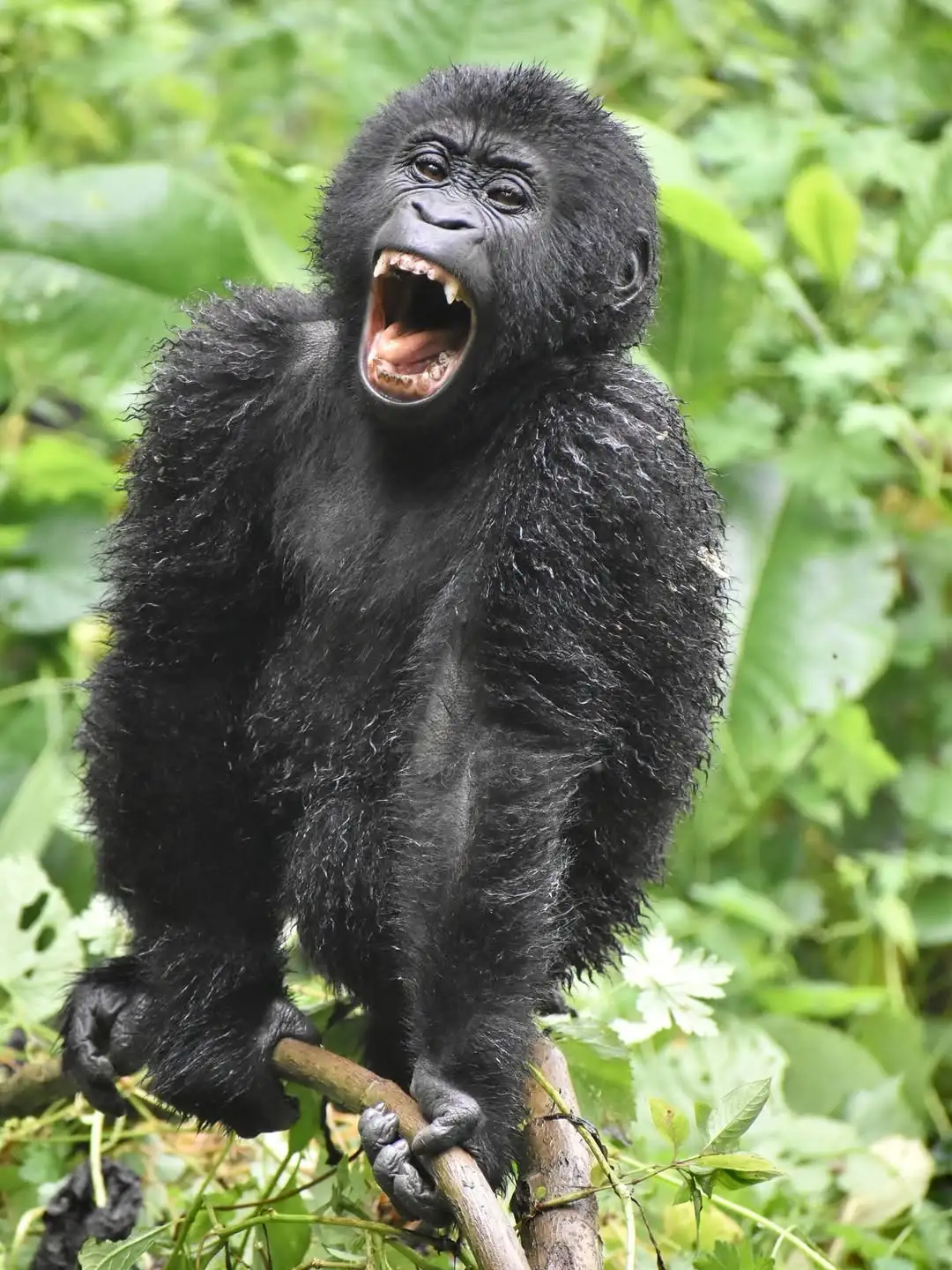

3 Days Luxury Fly-in Gorilla Safari
This 3 Days safari to Bwindi is ideal for travelers with limited time who wish to see the rare Gorillas & meet the Batwa tribe.
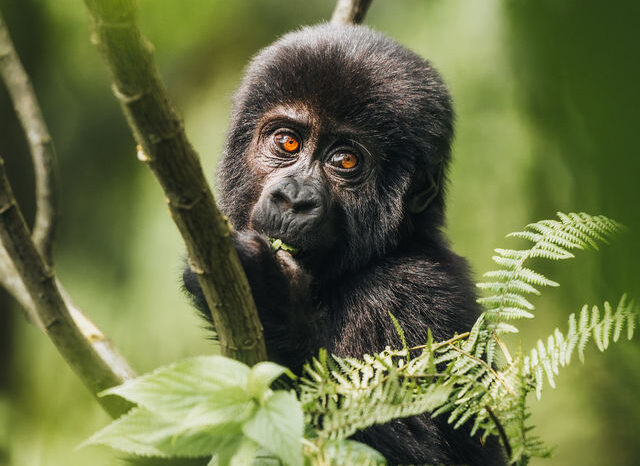
6 Day Uganda Wildlife & Gorilla Trekking Safari
Uganda Wildlife & Gorilla Trekking 6 Days, From $2,577 Person 6 Day Uganda Wildlife & Gorilla Trekking From $2,577 Contact a Safari Expert +256 (703) 740 870 or Book Now Safari Overview 6 Day Gorilla & Game Viewing This 6 Day Uganda Wildlife …

4-Day Gorilla & Queen Elizabeth Tour
4-Day Gorilla Trek & Queen Elizabeth Safari From $2320 4-Day Gorilla Trek & Queen Elizabeth Safari From $2320 Contact a Safari Expert +256 (703) 740 870 or Book Now Safari Overview 4-Day Gorilla Trek & Queen Elizabeth National Park This 4-day safari takes …

2 Day Uganda Gorilla Trekking Safari
2 Day Uganda Gorilla Safari From $1979 2 Day Gorilla Trekking Uganda From $1979 Contact a Safari Expert +256 (703) 740 870 or Book Now Safari Overview 2 Day Gorilla Trekking Uganda This 2 Day Gorilla trekking Safari In Uganda tour is one …
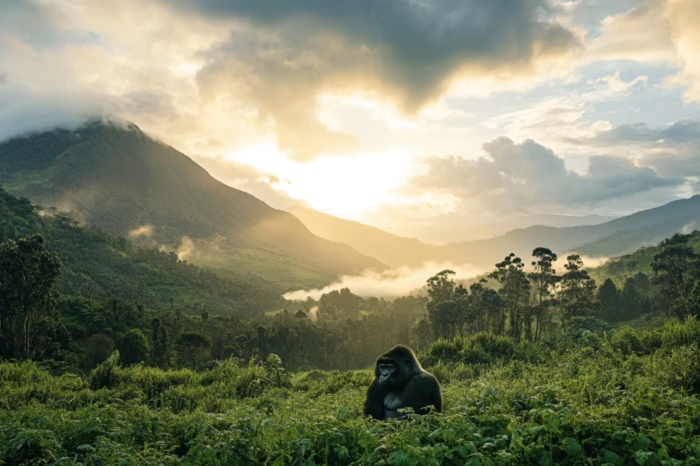
3 Day Gorilla Trekking Uganda
3 Day Gorilla Trekking Uganda From US$ 1385 Person 3 Day Gorilla Trekking Uganda From US$ 1385 Contact a Safari Expert +256 (703) 740 870 or Book Now Tour Overview This 3-day gorilla trekking tour in Uganda is a once-in-a-lifetime adventure! You’ll …
10 Days Classic Uganda Safari Tour
Discover Uganda’s gorillas, chimpanzees, and wildlife on a 10-day adventure filled with safaris, lush landscapes, and unforgettable experiences.




